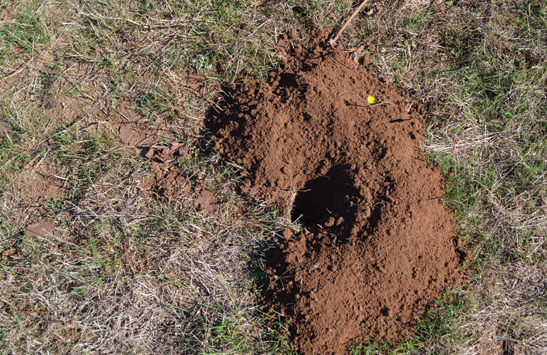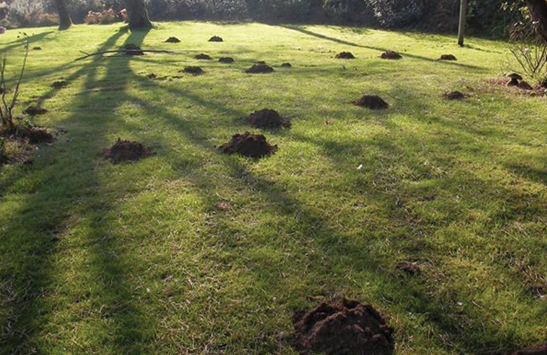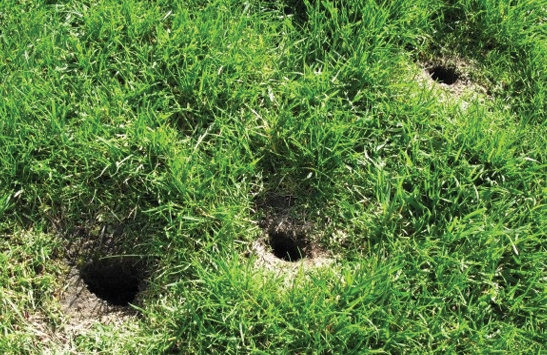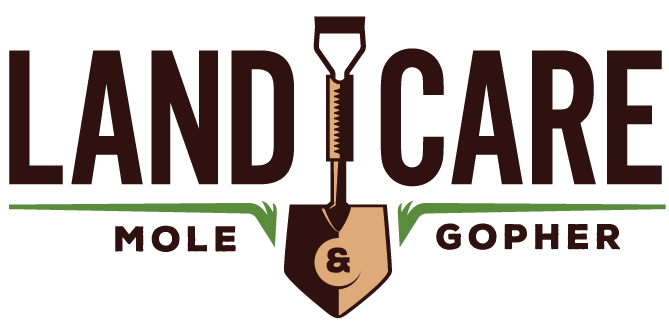Common Types of Moles and Gophers
What is eating my yard?
If you suspect there is some kind of critter making your backyard into their home, this guide will help you figure out what it is. While this is by no means a comprehensive list of gophers, moles, and voles in the world, these ARE the most common culprits for vermin making homes in the Pacific Northwest. If you happen to see any of these burrowing into your yard, call LandCare Mole and Gopher to quickly and humanely stop the damage:
Types of Gophers

Pocket Gopher
Pocket gophers are known for the crescent-shaped, semi-circle mounds they leave in lawns and pastures. They are well-equipped for a digging, tunneling lifestyle as they have large-clawed front paws, small eyes and ears, and sensitive whiskers that help them move around seamlessly in the dark.
Mazama Pocket Gopher
These medium-sized, light brown to black burrowing rodents tend to be about 5-6 inches in length. Their diet consists of leafy vegetation, succulent roots, shoots and tubers.
Types of Moles

You may be wondering how to tell the difference between a gopher and a mole, but it turns out you can figure it out just by looking at the mounds they leave at the entrance of their burrows. Gophers leave crescent-shaped semi-circles, while mole mounds are made of a perfect circle of dirt.
Townsend Mole
The Townsend Mole is the largest mole species in all of North America and they love the Pacific Northwest. They are slate black and can grow to be up to nine inches in length. Townsend moles are commonly found in meadows, fields, golf courses, lawns and pastures.
Pacific Mole
Also known as the Coast Mole, the Pacific Mole is slightly smaller than the Townsend mole with similar slate black coloring. This species of mole are generally found in drier, brushier areas than the Townsend Mole.
Shrew Mole
This species is unique to the Pacific Northwest. The Shrew mole is the smallest mole in North America, coming in at a tiny 4-5 inches in length. The Shrew Mole tends to live in damp areas rather than dry ones.
Types of Voles

Voles are a different kind of problem. As mentioned above, you can look for mounds to determine if it’s a mole or a gopher, but in the case of voles, there are no mounds to help out. Instead, there are just holes in the ground without anything to note it is there. Clearly, if livestock are in the area, it can be very problematic for them to avoid a hole that is essentially invisible. Besides just feeding on vegetation, voles will chew the bottoms of trees or the roots of plants.
Gray-Tailed Vole
The gray-tailed vole is medium-sized yellowish-brown rodent with a (as you may have guessed) short, gray tail. This vole is largely associated with agricultural lands, and more specifically for lands where small grains are produced.
Townsend’s Vole
Similar to the Townsend Mole, the Townsend Vole is the largest of it’s kind. It has large ears, and a brownish or blackish tail. You can find these voles in habitats that are wet—for example, irrigated fields.
Even with our guide, gophers and moles can be tough to identify yourself. LandCare Mole and Gopher can quickly identify your pest problem and work to eliminate it. Whether your project is residential or commercial, we can help. Contact us today to schedule a consultation.
